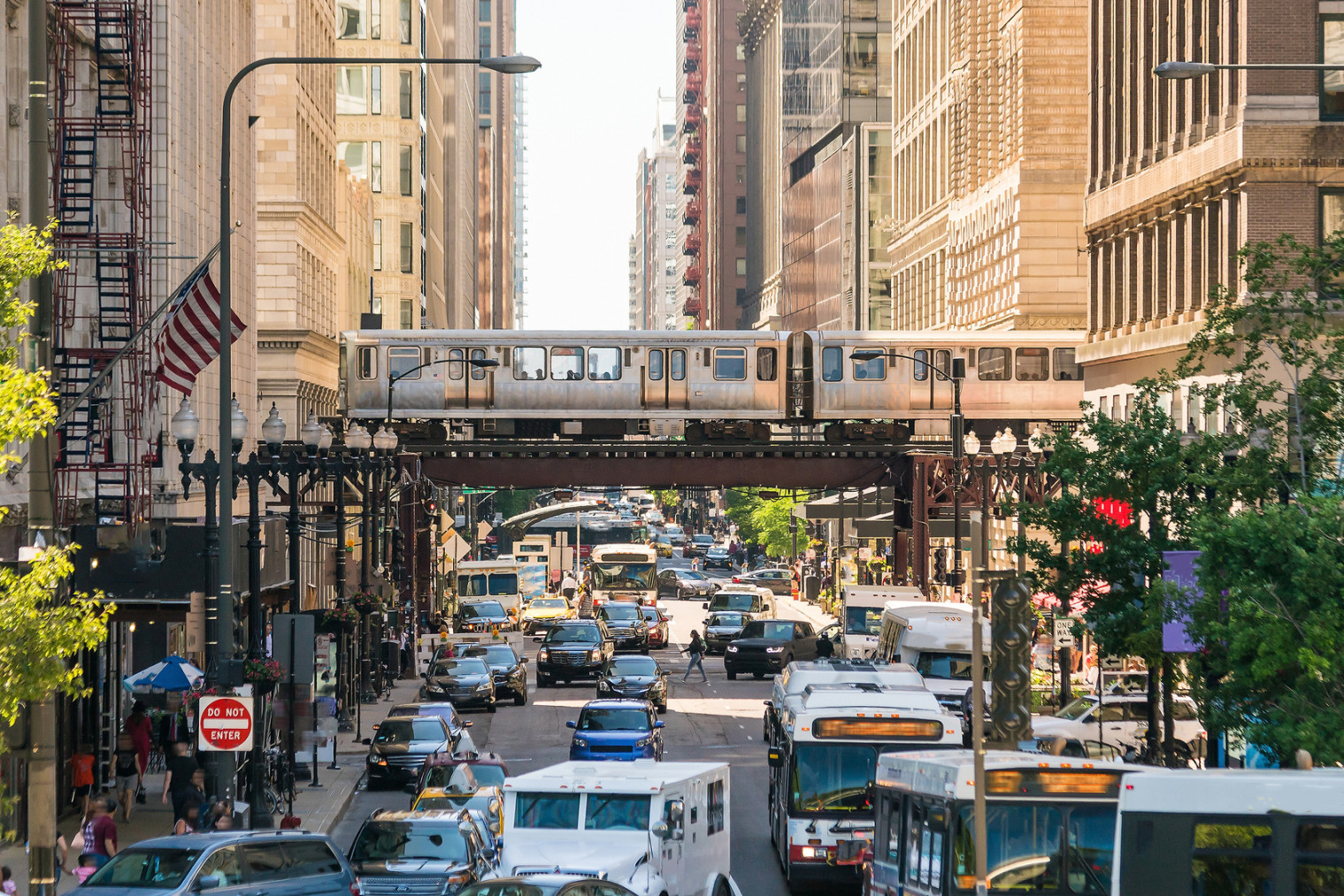New York City, a bustling metropolis that never sleeps, is synonymous with a myriad of iconic experiences. Among these, pizza holds a particularly special place. The city’s pizza culture is a captivating blend of tradition, innovation, and sheer deliciousness. From the classic Neapolitan pie to the New York-style slice, pizza in New York City is an art form that has captivated taste buds for generations.
A Slice of History
The history of pizza in New York City is as rich and diverse as the city itself. The first pizzerias began to appear in the early 20th century, primarily in Italian neighborhoods like Little Italy and Mulberry Street. These early establishments offered a taste of the traditional Neapolitan pizza, with its thin crust, tangy tomato sauce, and gooey mozzarella cheese.

However, as the city evolved, so too did its pizza. The iconic New York-style slice emerged, characterized by its large size, thin crust, and generous topping of cheese and sauce. This style of pizza was particularly popular among working-class New Yorkers who needed a quick and satisfying meal.
A Cultural Icon
Pizza has become more than just a food item in New York City; it is a cultural icon. From the corner pizzerias to the upscale pizza restaurants, pizza parlors can be found on every block. The city’s love affair with pizza is evident in the countless references to it in movies, television shows, and literature.
One of the most enduring images of New York City is a person walking down the street with a folded slice of pizza in hand. This simple act has become a symbol of the city’s fast-paced lifestyle and its ability to find joy in the everyday.
The Art of Pizza Making
The art of pizza making is a skill that has been passed down through generations in New York City. From the quality of the ingredients to the technique used to toss the dough, every aspect of pizza making is carefully considered. The best pizza places in the city are known for their commitment to using fresh, high-quality ingredients and for their mastery of the craft.
One of the secrets to a great New York-style pizza is the dough. The dough should be thin and crispy, with a slight char on the edges. The sauce should be tangy and flavorful, and the cheese should be gooey and melted. When all of these elements come together, the result is a truly unforgettable pizza.
A Slice of Paradise
Whether you’re a longtime New Yorker or a first-time visitor, experiencing pizza in the city is a must. From the classic Neapolitan pie to the iconic New York-style slice, there’s a pizza out there for everyone. So the next time you find yourself in the Big Apple, be sure to indulge in a slice of paradise.
City Slickin’ in the Concrete Jungle
Living in a bustling metropolis often means trading sprawling green spaces for towering skyscrapers and bustling streets. Yet, amidst the concrete jungle, a growing movement is taking root: urban gardening. This green revolution is transforming cityscapes into vibrant oases, offering residents a chance to connect with nature, grow their own food, and contribute to a more sustainable future.
Cultivating Community
One of the most remarkable aspects of urban gardening is its power to foster community. Shared gardens provide a space for neighbors to come together, exchange gardening tips, and build lasting friendships. These communal spaces can also serve as educational hubs, where experienced gardeners can teach newcomers the basics of planting, nurturing, and harvesting.
A Greener and Healthier City
Beyond social benefits, urban gardening offers numerous environmental advantages. By planting trees, shrubs, and other vegetation, gardeners help to improve air quality, reduce stormwater runoff, and mitigate the urban heat island effect. Additionally, homegrown fruits and vegetables are often fresher, more nutritious, and have a lower carbon footprint than those shipped from distant farms.
Gardening in Small Spaces
For those with limited outdoor space, container gardening offers a practical solution. Whether it’s a small balcony, a rooftop terrace, or even a windowsill, there are countless ways to cultivate plants in containers. From herbs and salad greens to flowering plants and edible shrubs, the possibilities are endless.
Indoor Gardening
Even if you don’t have access to outdoor space, you can still enjoy the benefits of gardening. Indoor gardening involves growing plants indoors, using artificial light or natural sunlight. Hydroponic systems, which grow plants in nutrient-rich water instead of soil, are also becoming increasingly popular among urban dwellers.
Benefits for Mental and Physical Health
Gardening has been shown to have a positive impact on mental and physical health. The act of tending to plants can reduce stress, improve mood, and boost self-esteem. Engaging in physical activities like planting, weeding, and harvesting can also help to increase fitness levels.
A Sustainable Future
Urban gardening is not just a hobby; it’s a powerful tool for creating a more sustainable future. By growing our own food, we can reduce our reliance on industrial agriculture, which contributes to environmental degradation and climate change. Additionally, urban gardens can help to conserve water and reduce food waste.
A Slice of Nature in the City
In a world that is increasingly urbanized, urban gardening offers a way to reconnect with nature and create a greener, healthier, and more vibrant city. Whether you’re a seasoned gardener or just starting out, there’s a place for you in this growing movement. So why not take the plunge and start cultivating your own urban oasis?
 Udento Lifestyle & Health
Udento Lifestyle & Health




